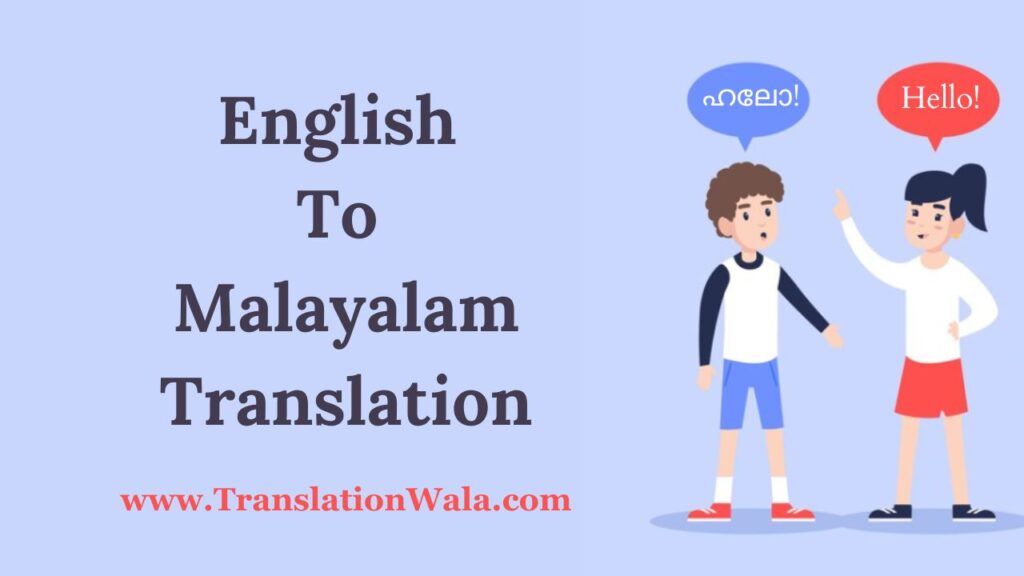Language is the link between people of different backgrounds and countries in a world where everything is linked by speech. Translation that works well is a key part of keeping this link strong and important. This blog talks about the difficult art of English to Malayalam Translation. It goes into detail about the subtleties and problems that come up when trying to get meaning and emotions across correctly.
Learning the language and culture of Malayalam
Being able to understand the Malayalam language and its cultural meaning is very important before starting to translate. India has 22 national languages, and Malayalam is one of them. It is mostly spoken in the state of Kerala and the Lakshadweep Islands. It is different from other Indian languages because it has a unique style and a long history of writing. Malayalam culture is also rich in history, art, and customs that affect how people use and express themselves through words.
Why accurate translation is important
When translation from English to Malayalam, accuracy is very important. In more than one language, the same word or phrase can have different meanings and details, so it takes careful thought to get the message across correctly. When adapting literature, business papers, or marketing materials, accuracy is key to making sure the message is understood and stays true to the original.
Being aware of other cultures when translating
Translating well requires more than just changing words; it also requires a deep knowledge of cultural differences and the bigger picture. Cultural awareness makes sure that translations are understood correctly by people who speak Malayalam, so there are no mistakes or wrong ideas. When translating, translators have to be very careful to follow local beliefs, customs, and feelings so that the message stays relevant and has an effect.
Problems with Translating from English to Malayalam
There are many things that can go wrong when English to Malayalam Translation, such as differences in sentence structure, idioms, and cultural references. Also, the Malayalam writing and its complicated sound system need close attention to detail in order to keep the original meaning. Also, some ideas might not have direct translations in Malayalam, so unique solutions are needed to get the point across clearly.
Also Read: Fast English to Assamese Translation: Timely and Accurate Results

How to Do an Accurate Translation
Translators use a variety of methods to make sure that the English to Malayalam translation is correct and easy to understand. This could mean doing a lot of study, talking to local speakers, and using language tools like dictionaries and style guides. For high-quality versions that catch the subtleties of speech, it is also important to hire skilled translators who are fluent in both languages.
Keeping up the style and tone
It is very important for translators to keep the tone and style of the original text, especially when they are translating literary works or brand messages. Translators have to find a balance between staying true to the source and adapting to the cultural and literary rules of the target language. This makes sure that the translated text stays interesting and hits home with Malayalam-speaking readers while staying true to the style and intention of the original author.
What Technology Has to Do with Translation
Technology changes have made translation much easier by giving interpreters tools and software to help them do their jobs. Machine translation, with the help of artificial intelligence, can make changes fast, but they need to be checked by a person to make sure they are correct and appropriate for the culture. The process of translation is also sped up and made easy for more people to use thanks to technology.
In conclusion
The art of English to Malayalam Translation is subtle and difficult, requiring accuracy, cultural awareness, and language skills. As long as interpreters know how to use good translation methods and understand the nuances of both languages, they can help people who speak English and Malayalam communicate more clearly. People from different countries can connect, understand, and value each other more when they accept the art of speech through translation.



